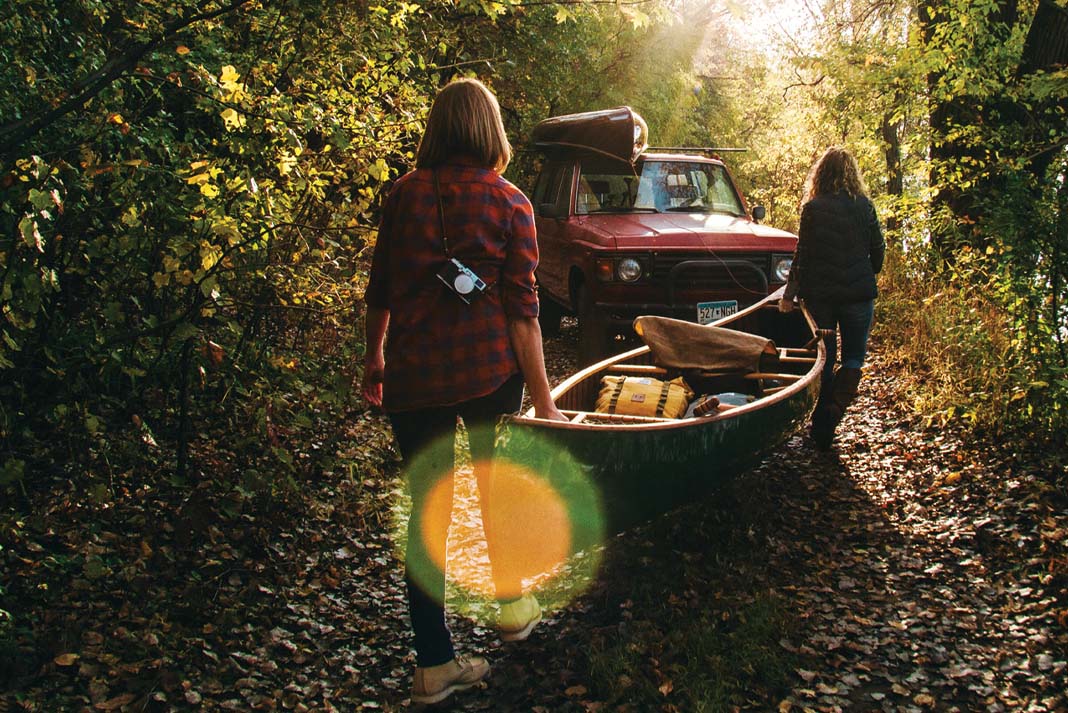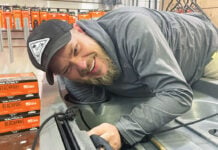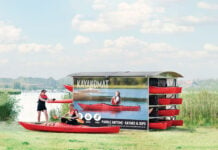When Ryan Frayne came up with a way to speed up the process of inflating a camping mattress, he knew other outdoor folks would want in on the action. In May 2013 he launched a Kickstarter campaign for Windcatcher Sleeping Pad, which used Frayne’s new technology to inflate in seconds. The campaign was to run for 30 days, with the goal of raising $50,000 to get the product to market. By day eight he’d reached his goal, and when the month was up, he was sitting on $149,000.
“When you can solve a simple consumer problem by creating new technology, people sell themselves on the product,” says Frayne.
The Windcatcher campaign took place four years after the 2009 launch of Kickstarter, and around the time the idea of crowdfunding was getting a lot of attention. By 2014 crowdsourcing was making enough of an impact in the world of outdoor gear that the Outdoor Industry Association (OIA) published an extensive report—Crowdfunding: Rise of Brand Democracy and Opportunities for Outdoor—exploring the trend and its impact on the outdoor industry.
“Savvy consumers view crowdfunding as the future of retail,” the OIA reported. “Technology has enabled them to take a more active role in the product development process.”
Samantha Searles, director of market and consumer insights at the OIA, says she’s seen the trend continue to grow since publication of that report.
“People want to feel like they have a role in what makes it to market. It makes them feel in the know and offers a cool-factor.”
“People want to feel like they have a role in what makes it to market,” she says. “It makes them feel in the know and offers a cool-factor.”
Noteworthy crowdfunded paddling and camping ventures include Torch Paddles, which raised $35,020 to bring illuminated canoe and SUP paddles to market in 2015, and Sanborn Canoe Company, paddlemakers who raised $54,345 last summer to jump-start their production of Merrimack Canoes. Stovemaker BioLite, Oru Kayaks and hanging tent company Tentsile also got their start in crowdfunding.

“It’s a special kind of consumer that Kickstarter has gathered,” says Bryce Fisher, co-founder of Ravean, which raised $1.3 million on Kickstarter for their heated down jackets, and more recently another $165,262 last summer to make a heated sleeping bag liner. “It’s a consumer that’s an early adopter, and who likes the thrill of seeing a product come to fruition.”
“Others just want to get the discount that Kickstarter offers,” says Fisher, who runs an online course—Kickstarter Success Guide—following the enormous success of his jacket campaign.
Supporters who paid $149 or more into Ravean’s Heated Sleeping Bag campaign received the product, which now retails for $249, in exchange for their pledge.
“You might be waiting six to 12 months for production and delivery,” says Fisher, “but if you’re going to jump on early, most of the time you can get a product cheaper.”
According to the OIA, another reason customers are excited about Kickstarter and similar sites is that it helps indie companies get their start. “It allows them to feel good about what they’re buying by helping the little guys make their dreams a reality,” says Searles.
This was the experience for Frayne at Windcatcher, who had tried to invent other products before the success of his sleeping pad. “Before, if you wanted to launch a product you were at a retailer’s whim. If you didn’t play to their pricing and marketing standards, you didn’t get in,” says Frayne.
“Now you can launch, show that the interest is there, and have far more leverage,” he says.
Emma Drudge is a former editor of Canoeroots’ sister publication, Rapid.


Subscribe to Paddling Magazine and get 25 years of digital magazine archives including our legacy titles: Rapid, Adventure Kayak and Canoeroots.








